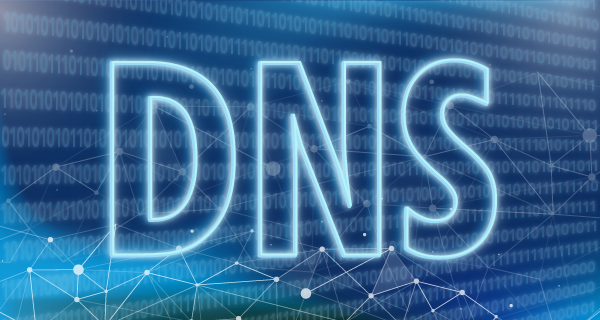The Domain Name System (DNS) facilitates communication between all devices connected to the Internet. It consists of hierarchical servers that can translate any given hostname, along with its corresponding domain name, to its internet protocol (IP) address(es). One of the most common is the windows DNS server that ensures that data requests are sent to their correct endpoints while providing human-readable addresses for websites connected to the Internet. With the ever-growing number of cloud-based devices and technologies, for instance, the Internet of things (IoT), portals, web applications, as well as online transaction processing, it is more important than ever to identify the actual physical addresses of remote devices when relying on DNS-dependent connectivity.
One way to safeguard communication over a network is by adopting a philosophy of perpetual DNS logging in order to look at the types of addresses that users query. Analytical events such as those related to hostname and domain name lookups, as well as audit events that show changes to your domain’s hostnames and their corresponding IP address, can provide insight into how your organization’s DNS server(s) are being used.

These log events track all DNS server activity and contain valuable information such as timestamps, user ID, category, and any security changes made to configuration settings.
Given the heightened network security awareness of today’s business operations, DNS logging can be an important tool in helping your organization to not only respond quickly to threats, but to also proactively protect your sensitive data assets.
Without further ado, here are the top 5 security concerns that DNS logging can reveal:
Denial-of-service attacks
Denial-of-service attacks occur when a server is overwhelmed by a continuous flood of bogus requests, with the goal of rendering it incapable of providing its usual services for legitimate requests. However, standardizing DNS log formats can reveal these threats swiftly and efficiently by pinpointing similar requests within a specific timeframe.
DNS tunneling
DNS tunneling uses a client-server model. The attacker infects workstations behind the targeted company’s firewall with malware to exploit the unmonitored DNS server in order to redirect requests to the attacker’s command-and-control server that runs a tunneling malware program. This enables the attacker to exfiltrate sensitive company files and information. Because DNS traffic is often not monitored, this is one of the most prevalent DNS attacks today. With DNS log collection, you can detect this type of threat by passively monitoring network traffic and by monitoring payload sizes along with the frequency of requests from individual clients.
Cache poisoning
Cache poisoning is a DNS server attack that can be extremely detrimental. This attack inserts malicious IP addresses into the DNS cache, causing users to be redirected to phishing websites where their login credentials can be exposed and used for illicit purposes. By implementing a practical DNS logging plan and solution, you can determine which websites' IP addresses can be safely stored in cache and which should be flagged and isolated.
DNS spoofing
DNS spoofing can be used to describe cache poisoning, DNS hijacking, or any type of man-in-the-middle attack that results in a DNS lookup request returning a malicious IP address instead of the correct one. No matter which of these techniques is used, the attacker impersonates a trusted DNS server for the sole purpose of hijacking traffic to steal sensitive data. A DNS log can reveal changes to files as well as modification of access control rules.
Blocking
Blocking websites helps with avoiding malicious IP addresses. However, if sudden changes to firewall policies have cut off access to important business-related networks or company pages, this may be due to ransomware which has infiltrated the network. Typically, ransomware will encrypt sensitive company data to block its owner from accessing it, and threaten to publish the data if a ransom is not paid. DNS logs can show which sites have been blocked, when they were blocked, and who blocked them.
The importance of DNS logging and monitoring
In light of the frequent and devastating cyberattacks we are now witnessing, setting up DNS security practices by DNS logging, and by extension, monitoring as fail-safe countermeasures makes good business sense when you consider the consequences of allowing your sensitive data to remain unprotected against such threats. By constantly monitoring your network traffic, you will be able to determine the source, destination, transport protocols, and payload discrepancies. With this approach, you can get a head start on any security vulnerabilities that might be putting your business infrastructure in peril.

